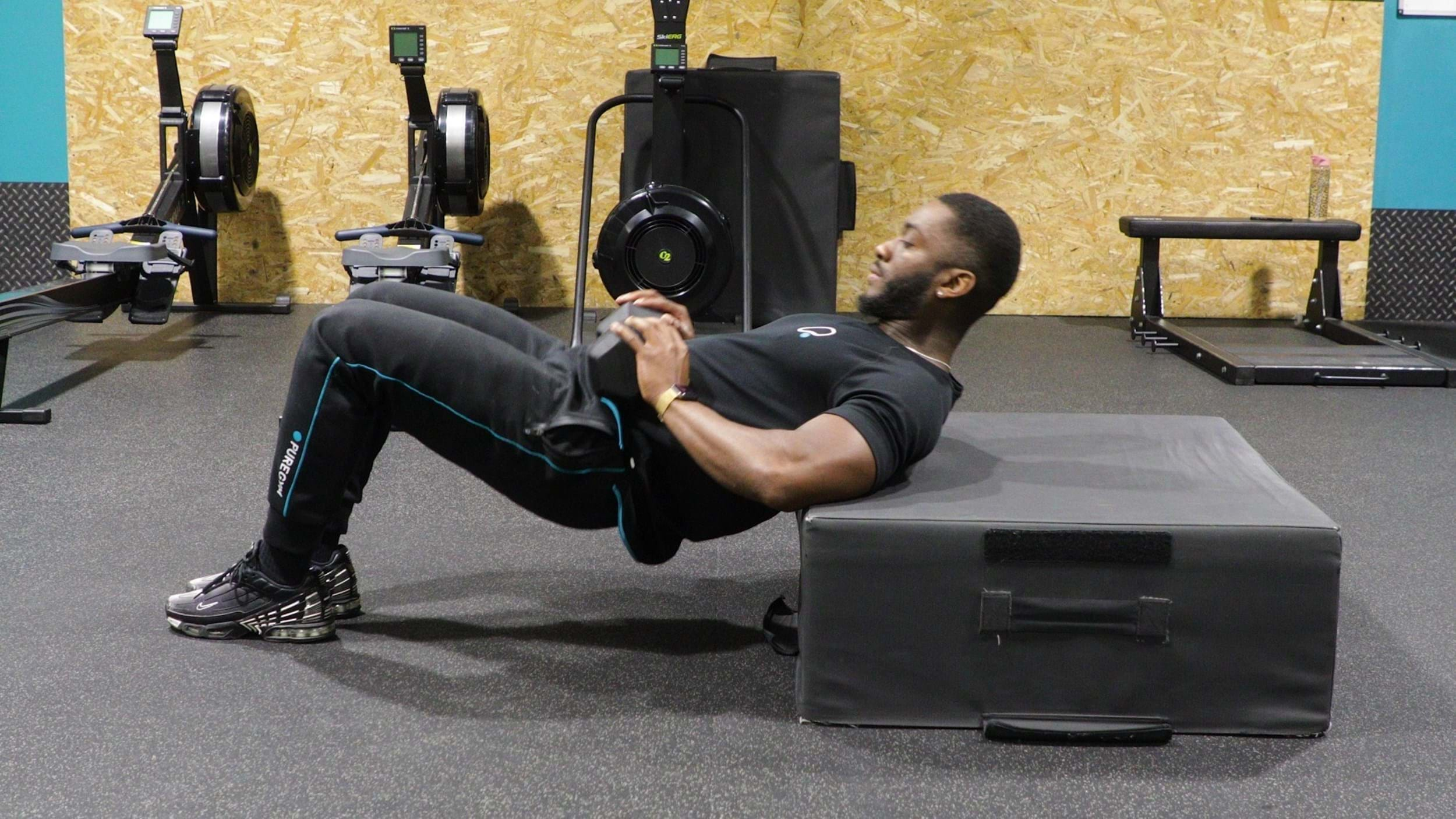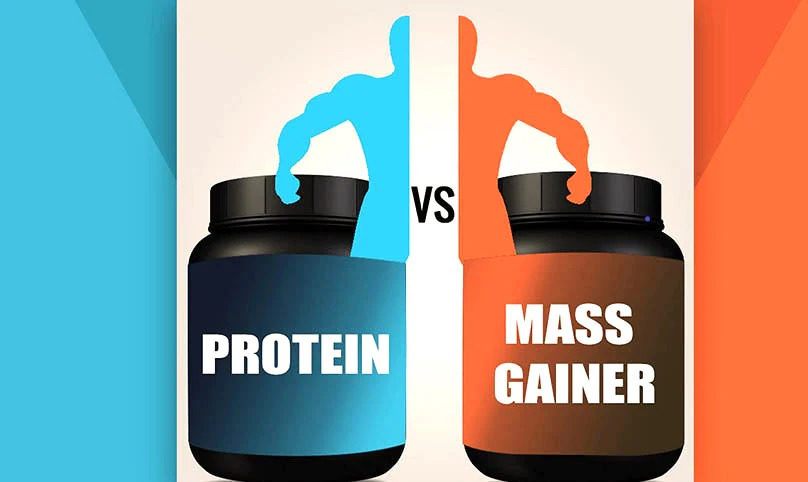Building strength and muscle in the lower body is essential for overall fitness and athletic performance. However, many individuals struggle to effectively target key muscle groups, leading to imbalances and limited progress. This article provides a comprehensive guide to optimizing your lower-body workouts, focusing on effective exercises like hip thrusts, essential barbell techniques, and strategies for creating a balanced routine.
By understanding the mechanics of key movements and implementing progressive overload, you can enhance your training results and achieve your strength goals. Whether you are a beginner or looking to refine your existing routine, this guide offers practical tips and actionable advice to help you maximize your workouts.
In this article you will find:
Understanding the Importance of Hip Thrusts for Glute Activation
The hip thrust is increasingly recognized as one of the most effective exercises for targeting and activating the glute muscles. This powerful movement not only enhances lower-body strength but also plays a crucial role in improving overall athletic performance and functional movement. In this section, we will delve into the significance of hip thrusts, exploring their benefits, the mechanics behind the movement, and why they should be a staple in your workout routine.
Why Hip Thrusts Matter for Glute Development
Hip thrusts specifically target the gluteus maximus, the largest muscle in the gluteal region. Unlike traditional exercises like squats or lunges, which engage multiple muscle groups, hip thrusts isolate the glutes, allowing for focused activation. This isolation leads to several key benefits:
- Enhanced Muscle Activation: Research shows that hip thrusts activate the glutes more effectively than many other lower-body exercises. A study published in the Journal of Strength and Conditioning Research found that hip thrusts resulted in greater glute activation compared to squats and deadlifts.
- Improved Athletic Performance: Strong glutes are essential for power generation in sports. By incorporating hip thrusts into your training, you can enhance your sprinting speed, jumping ability, and overall athletic performance.
- Better Posture and Stability: Strong glutes contribute to better pelvic alignment, which is crucial for maintaining proper posture. This can help prevent injuries and improve stability during various activities.
The Mechanics of the Hip Thrust
To fully appreciate the benefits of hip thrusts, it’s important to understand the mechanics behind the movement. The hip thrust primarily involves hip extension, where the hips move upward while the shoulders remain on the ground. Here’s a breakdown of how the exercise works:
- Setup: Begin by sitting on the ground with your upper back against a bench or platform. Roll a barbell over your hips or use body weight to start.
- Execution: Drive through your heels, lifting your hips towards the ceiling. Squeeze your glutes at the top of the movement, creating a straight line from your shoulders to your knees.
- Return: Lower your hips back down without touching the ground, maintaining tension in your glutes.
By focusing on the contraction at the top of the movement, you can maximize glute activation and ensure you are getting the most out of each rep.
Incorporating Hip Thrusts into Your Routine
To reap the benefits of hip thrusts, it’s essential to integrate them into your regular workout routine. Here are some practical tips for doing so:
- Frequency: Aim to include hip thrusts in your training program 1-2 times per week, allowing for adequate recovery between sessions.
- Progressive Overload: Gradually increase the weight you are using to ensure continuous improvement. Start with body weight and progressively add resistance as you build strength.
- Variety: Experiment with different variations of hip thrusts, such as single-leg hip thrusts or using resistance bands, to keep your workouts fresh and challenging.
By understanding the importance of hip thrusts for glute activation, you can unlock your best glutes and transform your lower-body strength. This exercise not only shapes and tones your glutes but also supports overall functional fitness, making it a vital component of any effective workout regimen.
Essential Barbell Techniques for Optimal Lower-Body Workouts
When it comes to building lower-body strength, mastering barbell techniques is crucial for maximizing your workouts. Proper form not only enhances muscle activation but also minimizes the risk of injury. In this section, we will explore essential barbell techniques that can elevate your lower-body workouts, focusing on key exercises, form cues, and tips for effective execution.
Key Barbell Exercises for Lower Body Strength
Incorporating a variety of barbell exercises into your routine can help target different muscle groups in your lower body. Here are some fundamental exercises to include:
- Barbell Squats: A foundational movement for building overall leg strength. Ensure your feet are shoulder-width apart, and keep your chest up while lowering into the squat.
- Barbell Deadlifts: Excellent for engaging the posterior chain, including the hamstrings and glutes. Maintain a flat back and hinge at the hips as you lift the barbell from the ground.
- Barbell Lunges: Effective for targeting quads, glutes, and hamstrings. Step forward with one leg while keeping your back straight, lowering your back knee towards the ground.
- Barbell Hip Thrusts: As discussed previously, this exercise is essential for isolating and activating the glutes. Focus on squeezing your glutes at the top of the movement for maximum engagement.
Form Cues for Effective Execution
To ensure you are performing each exercise safely and effectively, pay attention to these form cues:
- Core Engagement: Always engage your core muscles to provide stability during your lifts. This helps protect your lower back and maintain proper posture.
- Foot Placement: Your foot position can significantly impact the effectiveness of the exercise. For squats, a shoulder-width stance typically works best, while lunges may require a slightly wider stance for balance.
- Controlled Movements: Focus on slow and controlled movements, especially during the eccentric (lowering) phase. This enhances muscle tension and promotes better muscle growth.
- Breathing Technique: Inhale during the lowering phase and exhale during the exertion phase. This helps maintain intra-abdominal pressure and supports your lifts.
Progressing Your Barbell Workouts
To continue making gains in your lower-body strength, it’s important to implement progressive overload. Here are strategies to effectively increase the intensity of your workouts:
- Increase Weight: Gradually add weight to your lifts as you become more comfortable with the movements. This can be done in small increments to ensure you maintain proper form.
- Vary Repetition Ranges: Experiment with different rep ranges, such as low reps for strength (3-5 reps) and higher reps for hypertrophy (8-12 reps), to challenge your muscles in new ways.
- Incorporate Supersets: Pair barbell exercises with bodyweight movements or other resistance exercises to increase intensity and enhance endurance.
By mastering these essential barbell techniques, you can optimize your lower-body workouts for better strength and muscle development. Remember, consistency is key, and focusing on form will set the foundation for future progress. For more tips on barbell training and effective workout strategies, consider visiting reputable fitness resources like Bodybuilding.com.
Creating a Balanced Lower-Body Routine with Hip Thrusts
Developing a well-rounded lower-body routine is essential for achieving strength, balance, and overall fitness. Incorporating hip thrusts into your regimen can significantly enhance glute activation and support muscle growth. In this section, we will discuss how to create a balanced lower-body workout that effectively integrates hip thrusts, ensuring you target all major muscle groups for optimal results.
Understanding Muscle Groups and Their Roles
Before crafting your lower-body routine, it’s important to understand the primary muscle groups involved:
- Glutes: The gluteus maximus, medius, and minimus are crucial for hip extension, stabilization, and overall lower-body power.
- Quadriceps: These muscles are responsible for knee extension and play a key role in movements like squats and lunges.
- Hamstrings: Located at the back of the thigh, hamstrings assist in knee flexion and hip extension, complementing the glutes in movements like deadlifts.
- Calves: The gastrocnemius and soleus muscles aid in ankle stability and are important for explosive movements.
Structuring Your Lower-Body Routine
A balanced lower-body routine should include exercises that target each of these muscle groups. Here’s a sample structure that incorporates hip thrusts effectively:
- Warm-Up: Start with dynamic stretches and mobility exercises to prepare your muscles and joints. Consider exercises like leg swings and hip circles.
- Compound Movements: Begin with heavy compound lifts that target multiple muscle groups. This can include:
- Barbell Squats
- Barbell Deadlifts
- Hip Thrusts: Follow up with hip thrusts to specifically target and activate the glutes. Aim for 3-4 sets of 8-12 reps, focusing on form and contraction.
- Accessory Exercises: Incorporate accessory movements to further strengthen the lower body, such as:
- Walking Lunges
- Leg Press
- Romanian Deadlifts
- Isolation Work: Finish your workout with isolation exercises for the calves and hamstrings, such as calf raises and hamstring curls.
- Cool Down: Conclude with static stretching to improve flexibility and promote recovery.
Sample Lower-Body Workout Routine
Here’s a sample workout routine that incorporates hip thrusts along with other essential exercises:
- Warm-Up: 10 minutes of dynamic stretching
- Barbell Squats: 4 sets of 8-10 reps
- Barbell Deadlifts: 3 sets of 8-10 reps
- Hip Thrusts: 4 sets of 10-12 reps
- Walking Lunges: 3 sets of 10 reps per leg
- Leg Press: 3 sets of 10-12 reps
- Calf Raises: 3 sets of 15-20 reps
- Cool Down: 10 minutes of static stretching
Tracking Progress and Making Adjustments
To ensure continuous improvement, it’s important to track your progress. Consider the following:
- Log Your Workouts: Keep a record of your exercises, weights, sets, and reps to monitor improvements over time.
- Adjust Weights and Reps: As you gain strength, gradually increase the weights or change the rep ranges to challenge your muscles.
- Listen to Your Body: Pay attention to how your body responds to the workouts. Adjust rest days and intensity as needed to prevent overtraining.
By creating a balanced lower-body routine that effectively incorporates hip thrusts, you can build strength, enhance muscle definition, and improve overall athletic performance. For further insights into workout planning and exercise techniques, check out resources like ACE Fitness.
Tips for Progressing Your Barbell Workout for Maximum Results
Progressing your barbell workout is essential for achieving maximum results in strength and muscle development. As your body adapts to the demands of training, it becomes crucial to implement strategies that ensure continued growth and improvement. In this section, we will explore effective tips for progressing your barbell workouts, helping you to break through plateaus and enhance your performance.
Implementing Progressive Overload
Progressive overload is the cornerstone of any effective strength training program. It involves gradually increasing the demands placed on your muscles to stimulate growth and strength gains. Here are some methods to apply progressive overload:
- Increase Weight: The most straightforward way to progress is by adding weight to your lifts. Aim for a 2.5 to 5-pound increase for upper body exercises and 5 to 10 pounds for lower body exercises, depending on your current strength level.
- Increase Repetitions: If adding weight isn’t feasible, consider increasing the number of repetitions. Once you can comfortably complete the upper range of your rep scheme, add more weight.
- Adjust Sets: Increasing the number of sets you perform can also enhance training volume. For instance, if you typically do three sets, try increasing to four or five.
Varying Your Training Routine
Changing your workout routine can prevent adaptation and keep your muscles challenged. Here are ways to vary your training:
- Change Exercise Variations: Incorporate different variations of your main lifts. For example, switch from back squats to front squats, or from traditional deadlifts to sumo deadlifts.
- Modify Grip and Stance: Changing your grip width or foot stance can target muscles differently and lead to new gains. Experiment with narrow or wide grips for bench presses and varying stances for squats.
- Incorporate Supersets and Circuits: Supersets (performing two exercises back-to-back) or circuit training can increase intensity and challenge your muscles in new ways.
Prioritizing Recovery
Recovery is a critical aspect of any training program. Without adequate recovery, your muscles cannot repair and grow. Consider the following recovery strategies:
- Rest Days: Schedule regular rest days to allow your muscles to recover. Aim for at least one to two rest days per week, depending on your training intensity.
- Active Recovery: Engage in low-intensity activities such as walking, yoga, or swimming on rest days to promote blood flow and recovery without overexerting yourself.
- Nutrition: Proper nutrition is vital for recovery. Ensure you are consuming enough protein to support muscle repair and include a balanced intake of carbohydrates and fats to fuel your workouts.
Tracking Progress and Setting Goals
Monitoring your progress is crucial for staying motivated and making informed adjustments to your training. Here are ways to effectively track your workouts:
- Keep a Workout Journal: Document your workouts, including exercises, weights, sets, and reps. This will help you identify patterns and areas for improvement.
- Set Specific Goals: Establish clear, measurable goals for your workouts. For example, aim to increase your squat by 10 pounds in the next month or complete a certain number of reps at a specific weight.
- Regular Assessments: Periodically assess your progress through testing (e.g., max lifts) or by taking progress photos. This will provide tangible evidence of your growth and help you stay motivated.
By applying these tips for progressing your barbell workout, you can maximize your results and continue to challenge your body. For more insights on effective strength training strategies, check out resources like NSCA, which provides valuable information on strength training and fitness.
To maximize lower-body strength and muscle development, incorporating hip thrusts into a balanced workout routine is essential. Hip thrusts specifically target the glutes, leading to improved athletic performance, better posture, and stability. A well-structured lower-body routine should include compound movements like squats and deadlifts, followed by hip thrusts and accessory exercises to ensure all major muscle groups are engaged.
Progressive overload is crucial for continued growth; this can be achieved by gradually increasing weights, repetitions, or sets. Additionally, varying your exercises and prioritizing recovery through rest days and proper nutrition will enhance results. Tracking progress through a workout journal and setting specific goals will help maintain motivation and ensure effective training. For further insights, consider exploring resources like ACE Fitness and NSCA for expert advice on strength training.




